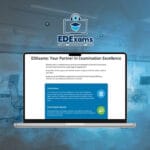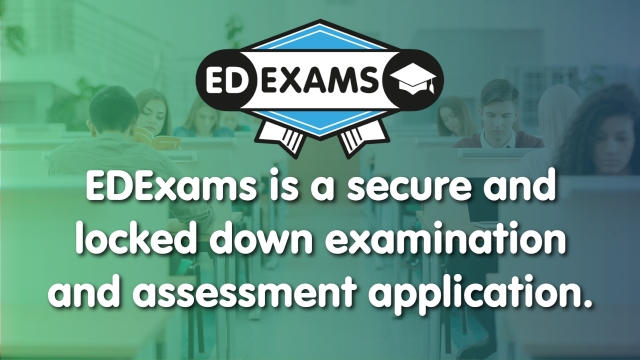It’s natural to feel anxious when contemplating significant life changes like switching from a paper-based to a digital marking system. Changing how your organization grades tests will require you to adjust your procedures, examiner recruitment and training, and testing sessions; nonetheless, these adjustments will be worthwhile.
Online quizzes depend entirely on conceptual comprehension, making them a beneficial assessment method. In the last four months, there has been a significant increase in e-learning, which has resulted in students and instructors entering a new world of virtual lectures, tutorials, and evaluations. This has had a significant impact on education. In terms of technology and availability, e-learning presents a challenge not just to students but also to their instructors.
E-marking will increase assessment speed
The students want their scores as soon as possible. The amount of competition for university spots, college applications, and professional certifications is growing at a rapid rate. If you can provide results faster, you can give your students the ability to make speedier choices about their futures.
In certain instances, electronic marking has been demonstrated to cut in half the time required to evaluate examinations, enabling speedier results to be sent. Students may now be admitted into programmes far more quickly than in the past when they would have had to wait an additional academic year before being able to apply for such programmes.
Your examiners are free to work at any time and from any global location. They are not limited by travel or the hours during which evaluation centres are open and closed. Your procedures will move more quickly and efficiently as a result of this increased flexibility and simplicity of access to test papers.
E-marking enables you to operate more quickly and efficiently, providing your examiners with the ability to grade more papers in the allotted time and providing your students with the opportunity to advance more rapidly in their education.
Auto grading
Setting up an automatic grading system is one of the advantages of using an online examination system. This way of grading is much more convenient than the traditional approach. The expansion of technology in e-learning and the rising number of participants need the development of an error-free scoring process that lightens the load of the instructors, saves time, and guarantees impartiality.
The correct responses are determined by automated scoring by comparing the respondents’ reactions to the model answer. Interestingly, multiple-choice questions (MCQs) are utilized widely in online examinations since it is simple for a computer to score them automatically.
You can transmit scripts to many examiners at any point in the process to remark or moderate when you use e-Marking. This may be accomplished with the click of a mouse, significantly reducing the work you have to perform and making your life at the workplace more straightforward.
It is much easier to prevent late papers when one can swiftly re-allocate and regulate scripts, which facilitates the maintenance of a high-quality grading level for each student.
Standardisation Of Marking
Grading papers on a computer helps save time and money, increases accuracy, and reduces logistical hazards. Markers have access to reliable references due to the advantage of keeping previous and outstanding papers in the system.
This enables them to mark documents to a high degree consistently. Markers will be able to concentrate entirely on their marking, and administrators will be able to oversee the process more effectively if the marking procedure is not too complicated.
Students’ self-discipline also improves due to the increased pressure they feel to hand in their homework on time or risk having their grades suffer. Students can enhance their concentration since there are fewer distractions in online classrooms.
Parents’ participation in their children’s education has also increased as a direct result of the rise of online education. Students also have access to various online study resources and courses via online platforms, which helps them better grasp the topics they are studying.
Conclusion
In most cases, assessments are still carried out using the pen-and-paper method, in which the students are brought together and given a question paper that must be finished within a specified time. Students hand in their response papers once the assessment is complete. The evaluators reveal the students’ results.
The introduction of the online examination system marked the beginning of a change in how exams were conducted. The benefits of taking exams online are many, particularly in light of the current pandemic’s influence on the educational scene on a worldwide scale. The use of online examinations has assured the continuance of education.
Although educational institutions, educators, and students continue to benefit from the simplification of procedures brought about by technological advancements, such advancements are not without drawbacks. On the other hand, selecting the right online test platform might assist you in avoiding such problems.
EDExams allow you to build your own exams and can be live-invigilated by the team. For a free online demonstration book your demo here or call 01909 384 090.











